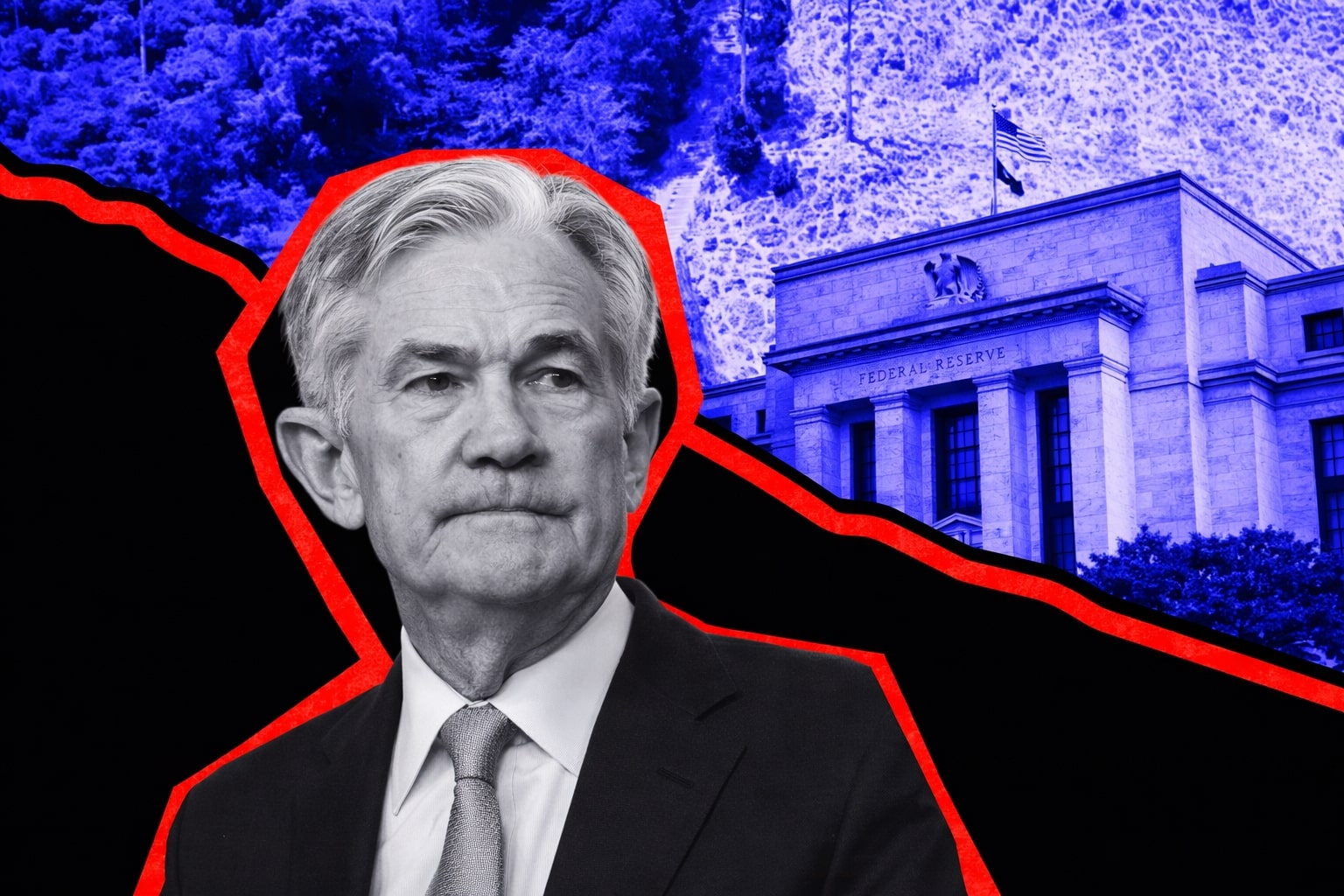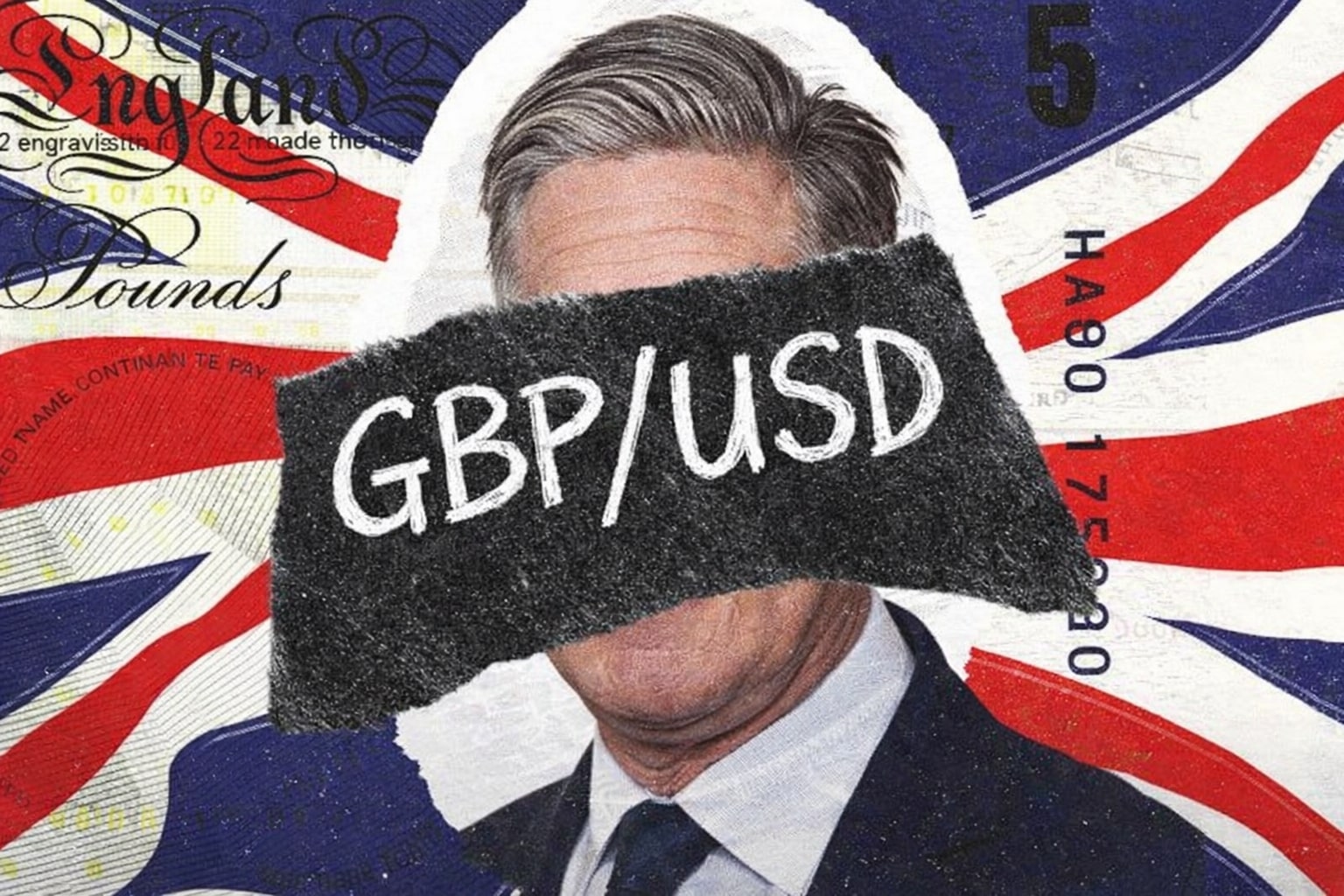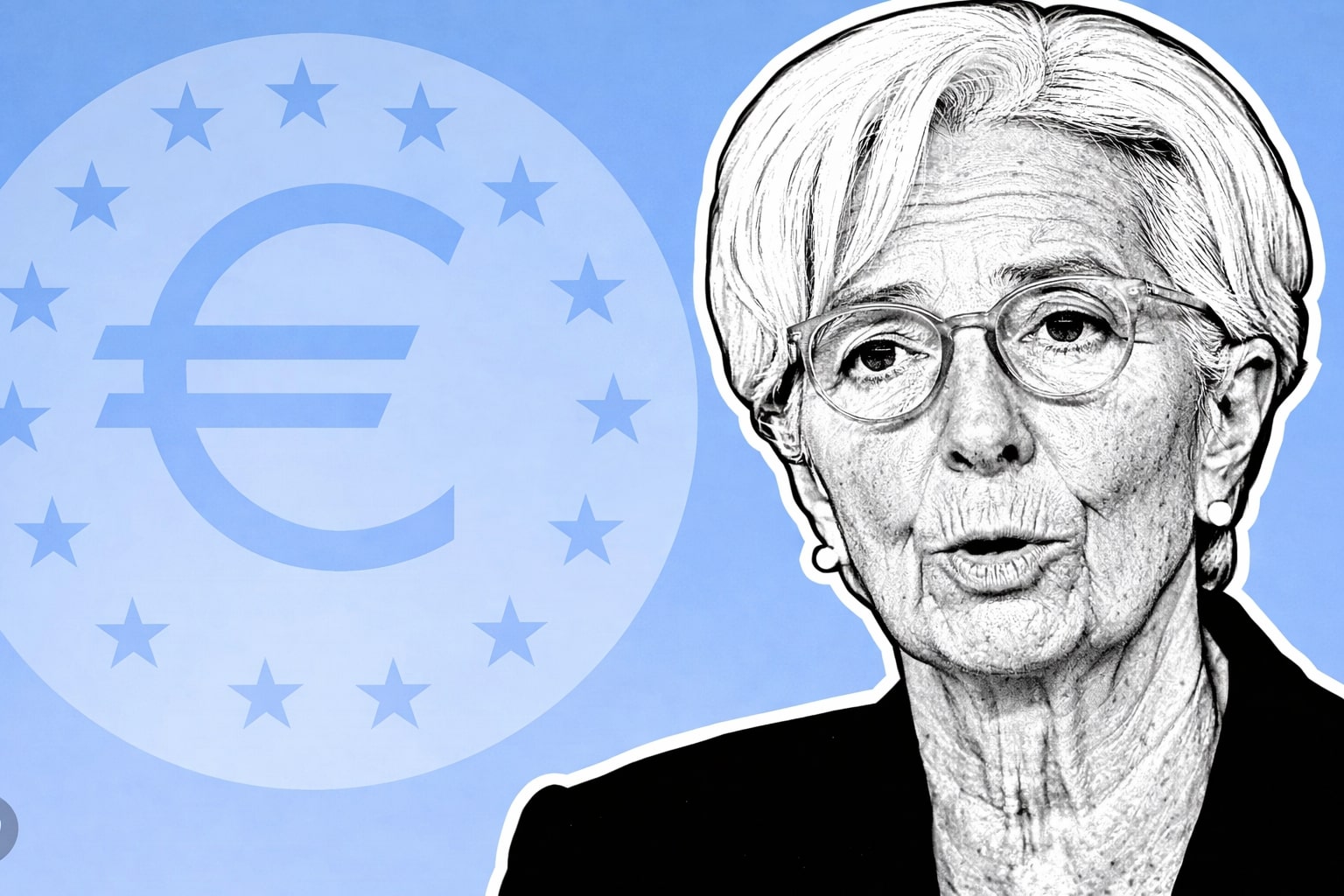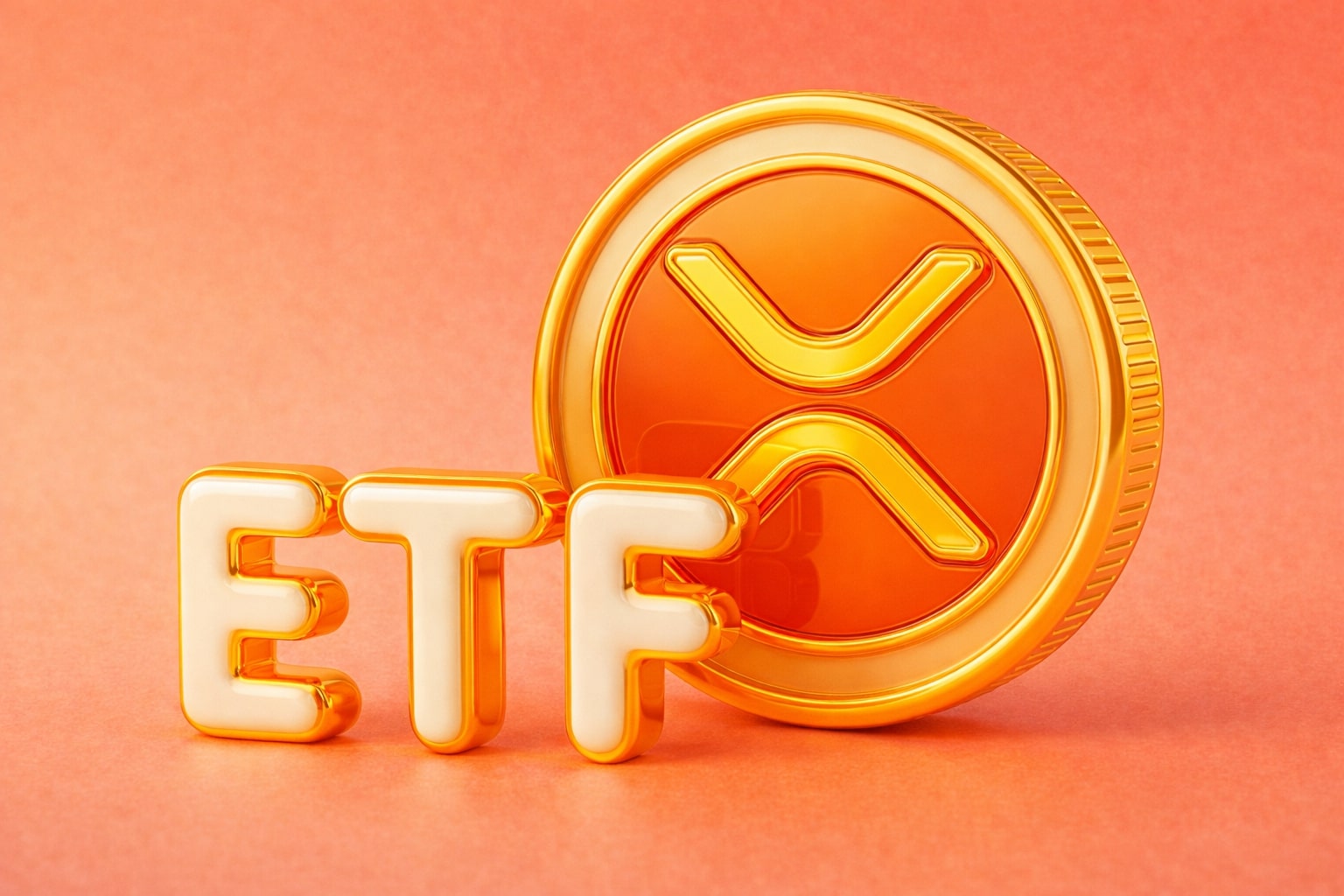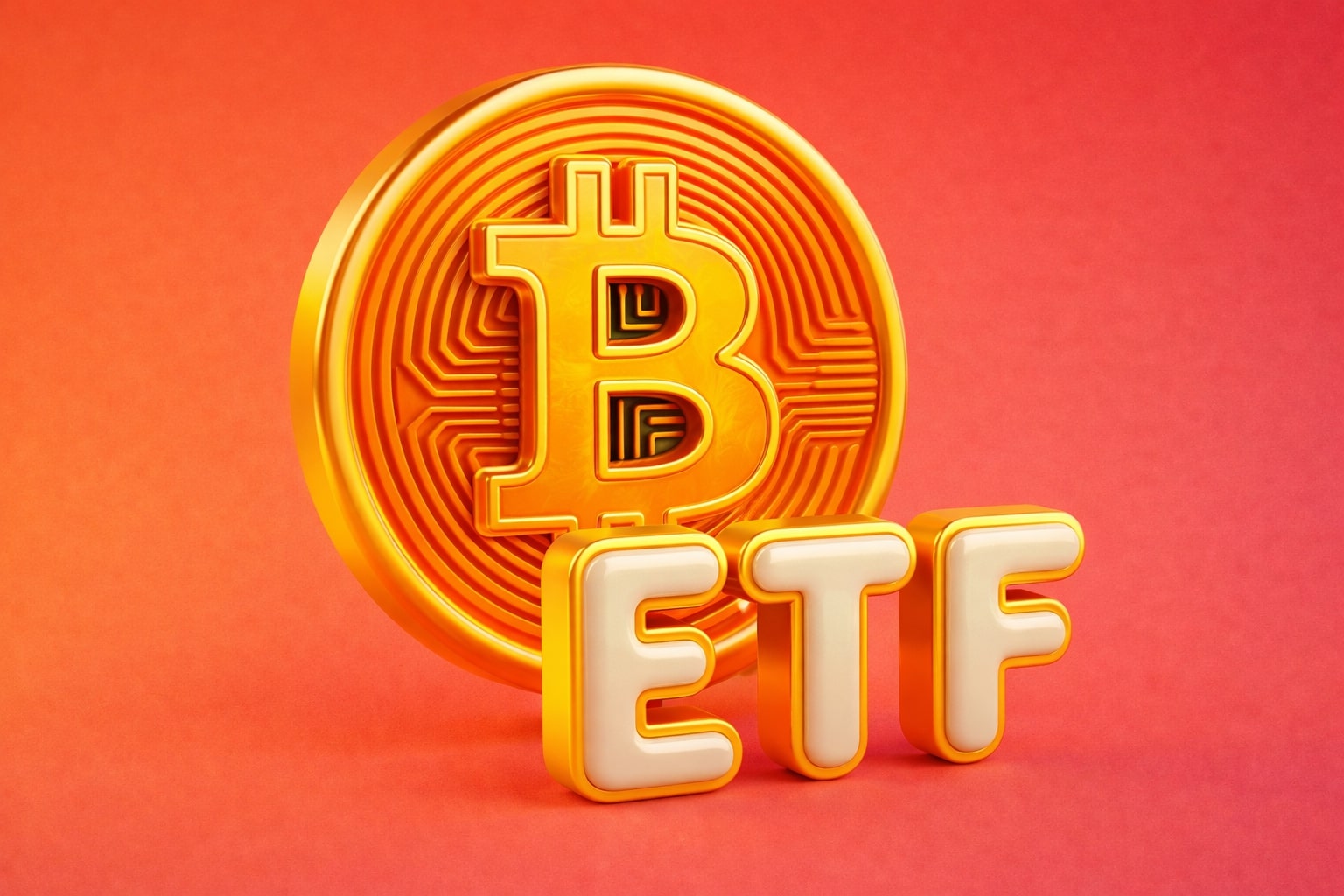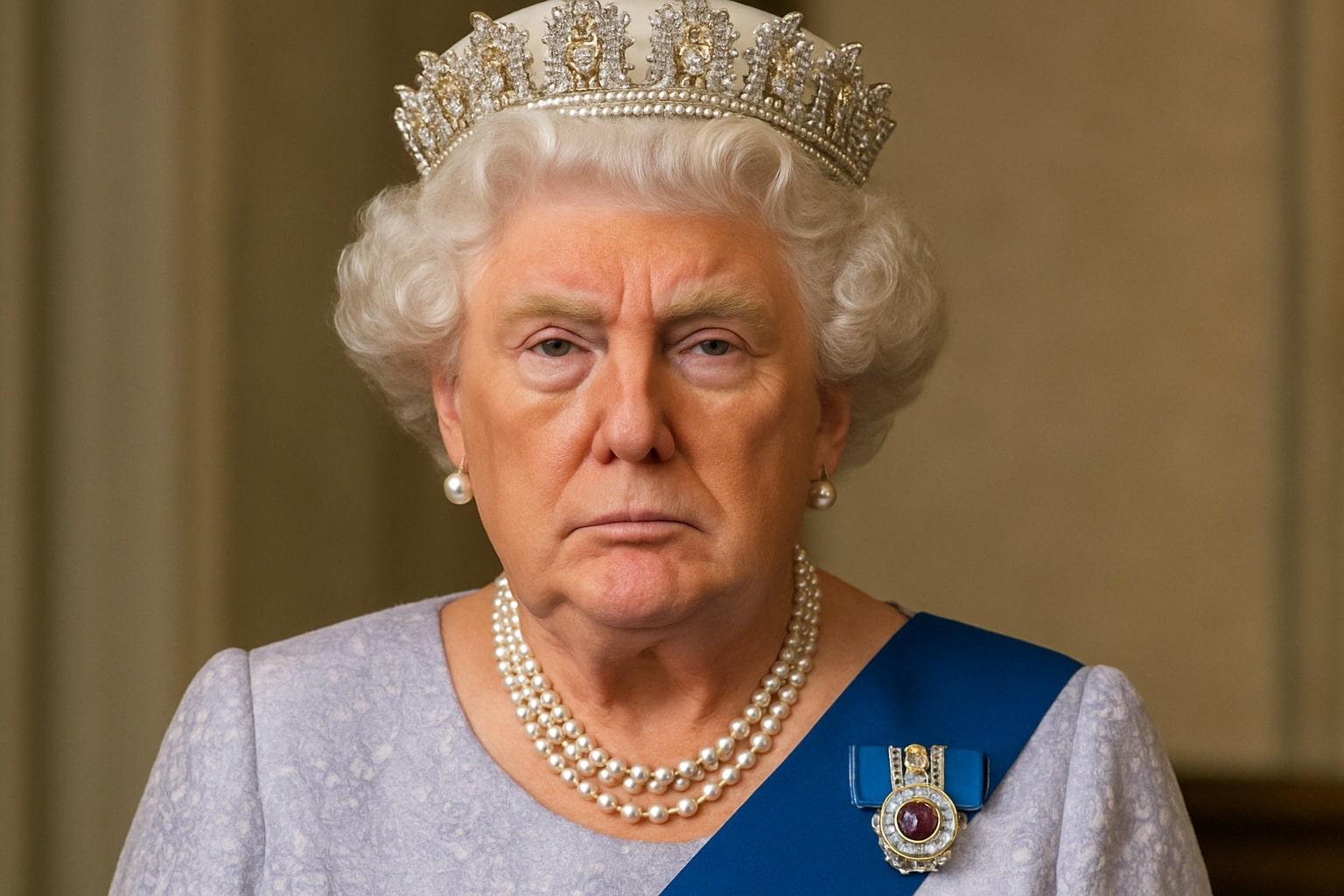
GBP/USD Rips Toward 1.4000 as Dollar Retreats, Fed Faces Political Heat
Sterling Breaks to 44-Month Highs on Weak U.S. Data, Risk-On Shift, and Growing Dovish Bets | That's TradingNEWS
Pound Surges As Fed Doubts And Ceasefire Shift Momentum In GBP/USD
After starting the previous week near 1.3390, GBP/USD staged a dramatic rally, peaking at 1.3770 before closing at 1.3716. This was the pair's highest level since October 2021, driven by a combination of geopolitical calm and deepening expectations of U.S. monetary easing. As the Israel-Iran ceasefire deescalated regional tensions, global risk appetite returned aggressively. That coincided with weaker U.S. GDP and a growing consensus that the Federal Reserve will begin cutting rates by September—now priced at 75% probability. This macro backdrop has materially weakened the dollar and supported broad FX rebalancing.
Weaker U.S. Data Sparks Dollar Retreat, GBP/USD Holds Over 1.3700
The U.S. economy contracted 0.5% in Q1, worse than forecasts. While Core PCE inflation rose to 2.7% YoY, slightly above expectations, it wasn’t enough to reverse the damage. Personal income fell 0.4%, and spending dropped 0.1%. Durable goods orders offered only temporary support. With the Fed’s dot plot showing just one rate cut in 2025, dovish commentary from Powell, Waller, and Bowman now contradicts its own projections. Markets have moved first—Futures contracts assign only a 21% chance of cuts in July but a dominant 75% in September. Dollar softness has followed swiftly, fueling GBP/USD strength.
Political Turmoil Adds Pressure On Fed Independence
Tensions between Fed leadership and political forces have grown. Former President Trump criticized Powell directly, escalating fears over the Fed’s autonomy. Markets interpreted this as a risk to policy credibility. Fed chair Powell’s comments around tariffs and political intervention added further uncertainty. Investors now fear inflation could spike from future tariff hikes, yet simultaneously expect a dovish tilt from political interference. This contradiction undermines confidence in U.S. policy coherence, pushing capital toward alternative majors like sterling.
UK Growth Steadies, Private Sector Confidence Supports Sterling
Unlike the U.S., the UK economy delivered no policy surprises. However, stability helped. PMIs surprised modestly to the upside, with manufacturing and services both expanding. Business sentiment remained cautious but stable. Final Q1 GDP confirmed growth, supporting a backdrop in which the Bank of England has more room for neutrality. With no major releases next week, the pound’s trajectory remains externally driven—but internal metrics like real wage growth and PMI strength have underpinned the currency’s resilience.
Jobs Data, JOLTs, And PMI To Steer GBP/USD’s Short-Term Path
This week shifts focus back to U.S. labor indicators. The ADP report is expected at 105,000, while Non-Farm Payrolls are forecast to fall from 139,000 to 120,000. A rise in the unemployment rate to 4.3% is likely. If actuals underperform, GBP/USD could retest the 1.3770 resistance and break above 1.3800. Key volatility will also come from the JOLTs report and ISM PMI—soft results across the board would deepen the bearish dollar narrative and strengthen the pound.
Technical Structure Points To Extension Toward 1.4000
Technically, GBP/USD remains on firm bullish footing. The pair is comfortably above its 20-day SMA at 1.3555. RSI is elevated but not yet overbought. Immediate resistance lies at 1.3813, a key Fibonacci projection from the 1.2099–1.3206 leg, extended off the 1.3138 retracement. The medium-term ceiling is 1.4004, representing the 61.8% extension of the 1.0351–1.3433 rally. Provided the 1.3630–1.3520 region holds, the upward bias remains intact.
Macro Risks Still Loom, But Trend Momentum Favours Sterling
Even in an uptrend, caution is warranted. A drop below 1.3630 (100 SMA convergence and trendline) could trigger a temporary retracement to 1.3520. But any pullback in this range may attract fresh buyers. On the macro side, a surprise hawkish Fed shift or geopolitical flare-up could pause the bullish bias. However, with market positioning leaning long sterling and options skew showing demand for GBP calls, momentum is still on sterling’s side.
Options And Volatility Structure Reflect Bullish Sentiment
Implied volatility remains firm but controlled, showing markets are prepared for further movement but not panicking. Risk reversals have flipped positive for GBP/USD, confirming stronger demand for upside protection. Traders are not simply hoping—the derivative market is hedging for more strength. This confirms that institutional money is leaning toward more dollar downside and positioning accordingly.
Verdict: GBP/USD A Strong Buy On Multi-Factor Support
With geopolitical risks declining, U.S. macro data softening, Fed credibility being questioned, and UK fundamentals improving modestly, GBP/USD enters a new bullish phase. Holding firmly above 1.3700, the setup targets 1.3813 short-term, and 1.4004 medium-term. Technical support at 1.3630–1.3520 should be watched, but the risk-reward skew remains favorable. The strategic rating is now Strong Buy, and any retracement to support zones may be used to increase exposure toward a 1.40 breakout scenario.
That's TradingNEWS
Read More
-
UCO ETF Price Forecast: Can NYSEARCA:UCO at $18.57 Ride a 2026 Oil Squeeze?
18.12.2025 · TradingNEWS ArchiveStocks
-
XRPI at $10.50 and XRPR at $14.93 Hit XRP ETF Lows While XRP-USD Holds $1.84 After 30 Days of Inflows
18.12.2025 · TradingNEWS ArchiveCrypto
-
Natural Gas Price Forecast: Henry Hub Holds Around $4 as EIA Draw Hits 167 Bcf
18.12.2025 · TradingNEWS ArchiveCommodities
-
USD/JPY Price Forecast: Pair Holds Above 155 As BoJ And US CPI Set Up A Major Break
18.12.2025 · TradingNEWS ArchiveForex














